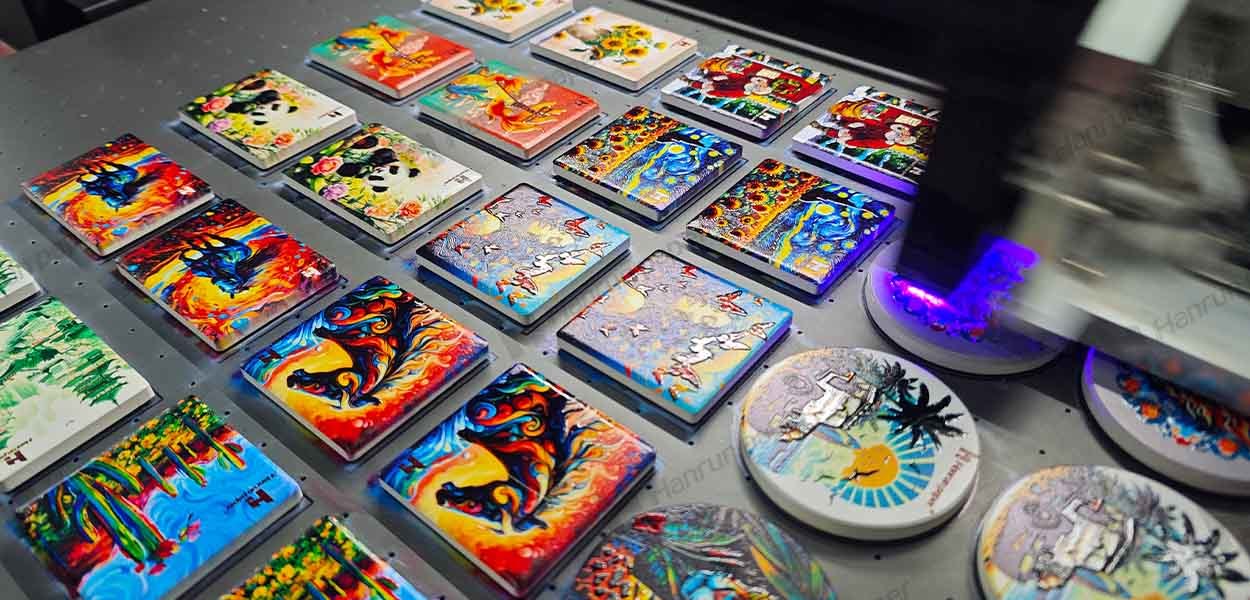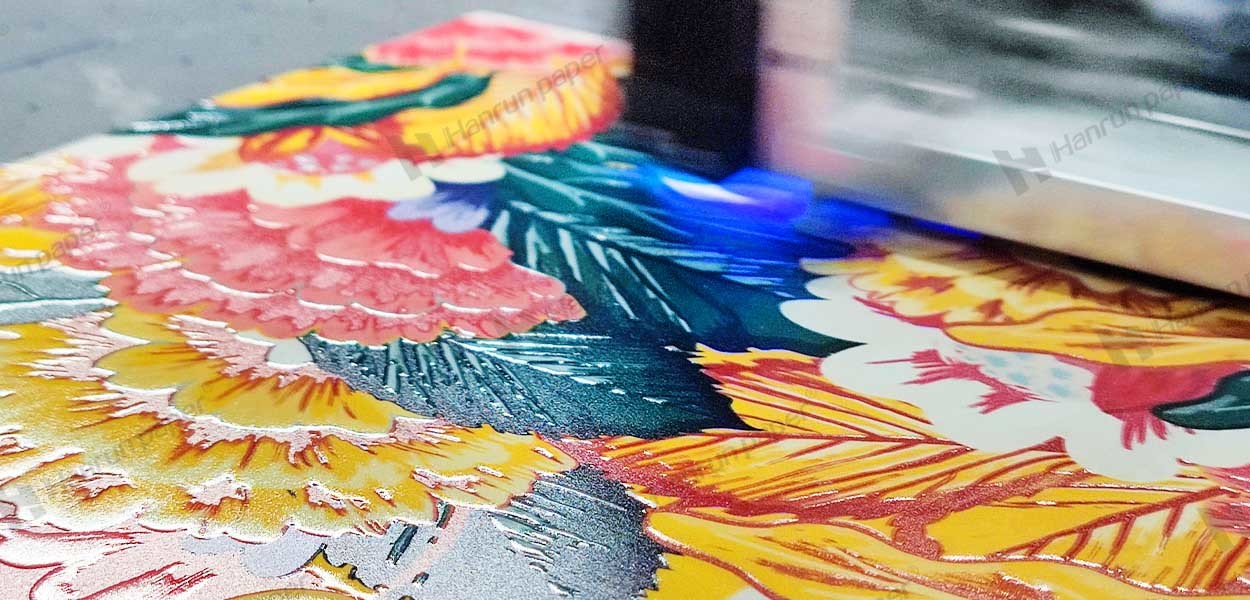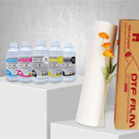Come ottenere la stampa UV testurizzata
With the continuous development of UV flatbed printing technology, more and more industries are exploring its potential for embossing effects. Whether in advertising, home decoration, craft processing, or the digital shell and packaging industries, embossed UV printing effects can provide products with a unique visual and tactile impact. So, how can UV printers be used to achieve perfect embossed texture effects? This article will reveal the secrets behind this technology.
What is Textured UV Printing?
Texture is an artistic effect that creates a sense of relief on the surface of an object, with smooth tactile bumps and a clear, strong visual depth. It enhances the visual effect and provides a unique tactile experience, making flat patterns more vivid.
In UV flatbed printers, the embossed effect is mainly achieved by accumulating UV white ink. The accumulation height of the white ink is controlled by software, and then colorful graphics are printed over it, creating a 3D visual effect. The degree of embossing is closely related to the thickness of the white ink accumulation— the higher the accumulation, the stronger the 3D effect.

How to Get UV Embossed Textures?
The process of achieving UV embossed effects is quite simple, but it can produce stunning results. The specific steps are as follows:
1. Design and Pattern Editing
In graphic design software, edit the pattern you want to print and separatelycreate the areas where the embossed effect is required.
2. Setting White Ink Accumulation
In the control software, set the number of white ink layers and the thickness of the accumulation. Typically, setting 2-3 layers of white ink will create an ideal embossed effect. The white ink serves as a solid base layer, while the colored ink is printed on top, ultimately presenting a clear, layered 3D effect.
3. Printing and Curing
Place the printed object on the print platform, and the UV printer will automatically locate the print item using visual positioning and begin printing. During the printing process, white ink is first applied to the surface of the object, followed by a layer of colored ink, and finally, the UV light curing system ensures the ink solidifies, achieving a permanent effect.
Key to Improving Textured UV Printing Quality
To achieve a more pronounced 3D embossed effect, the stacking effect of the UV ink is crucial. Below are some tips to improve the stacking effect:
1. Choose the Right UV Ink
UV ink with excellent adhesion and stacking performance is key to achieving the stacking effect. It not only ensures stability during the printing process but also maintains vibrant colors and clear layers even after multiple layers of ink are applied.
2. Optimize Print Settings
Adjust the printing speed, ink droplet size, and other parameters to meet the printing needs of different materials and thicknesses. At the same time, ensure that the distance between the print head and the material is optimal for the best print quality.
3. Use Advanced Printing Technologies
Advanced techniques like grayscale printing and multi-head parallel printing can further enhance printing precision and speed, achieving more delicate color transitions and layer variations.
4. Pay Attention to Post-Processing
After printing, steps such as drying and curing are necessary to ensure the UV ink is fully solidified, improving the durability and stability of the work. Polishing, sanding, and other post-processing steps can also be performed to make the piece smoother and more brilliant.

Advantages of UV Printers
Using a UV flatbed printer to achieve embossed effects is not only easy to operate but also offers advantages that other printing methods cannot match:
High Precision and Efficiency: UV flatbed printers are equipped with high-precision print heads and advanced printing control systems, which allow precise control over ink droplet size and layer accumulation, ensuring fine detail reproduction.
Labor Cost Savings: The printing process is highly automated, allowing one person to operate multiple machines, greatly reducing labor costs.
Wide Material Compatibility: UV flatbed printers can print on a variety of materials, including wood, acrylic, glass, plastic, and metal. UV printers can produce impressive embossed effects, whether on rigid or flexible materials.
Eco-Friendly: UV inks do not contain harmful volatile substances, meet environmental standards, and the printing process does not require heat sources, making it energy-efficient.
Conclusion
With the innovative technology of UV flatbed printers, you can easily achieve beautiful embossed effects, elevating your designs from flat to three-dimensional. Simple to operate, highly precise, and versatile, UV embossed printing enhances the added value of products and offers users a unique visual and tactile experience. In the future, as technology continues to evolve, the application of embossed UV texture effects will become even more widespread, with even more surprises awaiting us.
Trasferimento al digitale, trasferimento al futuro
Contattaci

Indirizzo:No.10 building, Baijiahui Innovation Community, 699-18 Xuanwu Avenue, Nanchino, Cina















